How to Achieve FIRE in a HIGH INFLATION world

Why Should You Listen to Me?
Just a very quick background:
- At 35, I am semi-retired. And, live in South Goa with my family.
- I came from a middle class family: studied well, did corporate jobs, dabbled with entrepreneurship. Many things worked, many didn’t.
- Investing my money well, allowed me to gain better control. And, now I get to pick the type of projects I wish to work on.

In simple words: I worked to get time, money and location freedom.
In this article, I will share my roadmap & key lessons I learnt on my journey to this F.I.R.E (Finance Independence Retire Early).
Demystifying FIRE
In this blog, we will be looking to answer 6 key points about FIRE:
- What exactly is Financial Independence or FIRE or Retirement?
- What are the Three Pillars of FIRE
- How Much Money Do You Need to Retire?
- What are the Challenges that you face on the road to FIRE.
- Wealth Preservation and Growth Strategies that you can implement.
- Actionable takeaways to help you achieve Financial Freedom.
What Exactly is Financial Independence or FIRE or Retirement?
Financial Independence; Retire Early (FIRE) is more than just a catchy acronym; it’s a lifestyle, a mindset, and a well-thought-out financial plan. At this stage:
- You no longer HAVE TO WORK FOR MONEY, i.e your financial concerns are no longer your primary driver.
- You have the choice to work on what you’re passionate about, not because you have to but because you want to.
In simple words, it means:
- Building a large enough savings (i.e a nest)
- Investing those savings to cover your expenses
- Aiming to achieve all of this at a fairly young age.
The Three Pillars of FIRE
Let’s delve deeper into the essence of FIRE, which is built on three key pillars:
Save Money:
- Saving aggressively is the foundation of FIRE.
- Aim to save a significant portion of your income, ideally between 50% to 70%.
Invest Sensibly:
- Once you’ve accumulated savings, it’s essential to invest wisely.
- Consider options like Fixed Deposits (FDs) and Index Funds, aiming for returns that at least match the inflation rate. In India, this is around 7-8%.
Live Frugally:
- Living below your means is a core tenet of FIRE.
- Strive to live comfortably on only about 4% of your total retirement corpus that you aim to generate annually.
- This frugal lifestyle ensures your savings stretch further, accelerating your journey towards financial independence.
How Much Money Do You Need to Retire?
The question on every aspiring FIRE enthusiast’s mind is, “How much is enough?” The truth is, there’s no one-size-fits-all answer.
It varies based on your lifestyle, goals, and where you choose to retire. Instead of arbitrary numbers like 5 crores or 50 crores, let’s approach this differently.
Step-by-Step Method to Estimate Your Retirement Corpus
Step 1: Assess you current lifestyle and Estimate Your Monthly Expenses:
- The first step is to understand your current and future expenses.
- Consider a range of expenses and gauge your desired quality of life.
- With age, these expenses will go up (commonly referred to as Lifestyle Inflation).
Step 2: Determining Your Retirement Corpus:
- If, for instance, your monthly expense is 25K, your annual early retirement expense is 3 lakhs.
- Employing a conservative 3% withdrawal rule, you’d multiply this number by 33, giving you a 1 crore corpus.
- This should ideally be the size of your portfolio, allowing you to withdraw 25k per month for 40-50 years.
- Now you might have a very natural response: that inflation (price rise) happens every year. Yes, that is true.
- To mitigate that your corpus should grow at/around the rate of inflation (how to grow your corpus at/above inflation? This has been explained subsequently in the article). Let’s work through the example meanwhile:-
- This can be better explained with a simple example as shown below:
- In this example, our monthly expense is 25000,
- Retirement Corpus = 25000 x 12 (yearly) x 33 = 1 crore
- If you earn INR 40,000 per month, then having a savings rate of
Step 3: Save a good percent of your income (Ideally 70-80%):
- I myself save around 95% of my salary (reason: my earnings have grown substantially over time. And, I have not taken a massive lifestyle inflation)
- If you are able to save 70-80% of your salary for 10 years, then you can safely retire assuming that you don’t incur a lifestyle inflation (Increase in quality of life which in turn incurs more expense)
- Taking the same example as the one shown above, if let’s say you earn 1 Lakh per month:
- If you have a savings rate of 80-85% (how is this possible? Maybe you have a partner who earns; or you are not incurring major expenses like spending on rent – you might be living with your parents)
- (In case not, let’s still work through an example)
- Then, you can build your nest of 1 crore in just over 10 years.
- Retirement Portfolio : 83000 x 12 x 10 ~ 1 crore.
Step 4: Track your spending:
- It’s not about how much money you earn, but more about how much money you save.
- When you add some type of recurring expense like an EMI, this in turn can make your retirement portfolio take a hit.
Step 5: Decide at what age you wish to retire:
- Decide when you want to retire. The earlier you wish to retire, the longer you will need to plan your expenses from your portfolio
Step 6: Exploring the 4% Rule:
- A famous study by Trinity College suggests that if you have a 1 crore portfolio and you withdraw 4% every year, you can sustain this for 30 years.
- The study assumed a portfolio allocation of 60% in equity and 40% in debt.
- As per the same example used previously,
- With a portfolio of 1 crore,
- And the 4% withdrawal rule,
- You will have around 4L every year, i.e ~33000 every month for your expenses.
- The math somewhat adds up in India’s context as well: a 60% equity investment in Equities (NIFTY 50 index), gives you around 12.5% CAGR. The 40% debt component could generate 8%.
Step-by-Step Method to Estimate Your Retirement Corpus
Now before we move on, let us try to answer these 2 questions:
- How easy or hard is it to create this corpus/portfolio in an economy like India?
- Is just having this corpus enough to ensure a smooth retirement?
To answer the first question, let us look at the challenges that Indians face on their road to FIRE.
Challenges for Indians in Pursuing FIRE
While the concept of FIRE is enticing, Indians face specific challenges on their journey to financial independence:
Challenge #1 : Saving 70-80% of your salary is getting HARDER.
- As per the chart below, everyday consumption expenditure has gone up significantly in the last few decades.
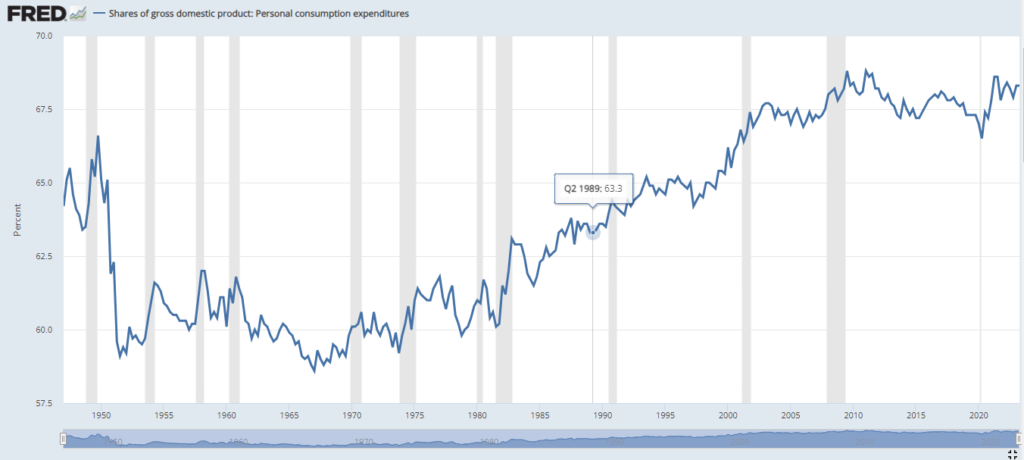
- As per this data, the rate at which consumer expenditure is increasing is higher than the rate at which salaries are increasing.
- Let us take a look at how some everyday and critical expense has gone up over the years:
- Rent / House Ownership

As per the chart home prices and rent have gone up exponentially in the last 10-15 years. Metropolitan cities have gone up by more than 250% over the same period.
Medical Inflation:
As per the images below, it can be seen that medical inflation in India stands at 14% as of 2021.

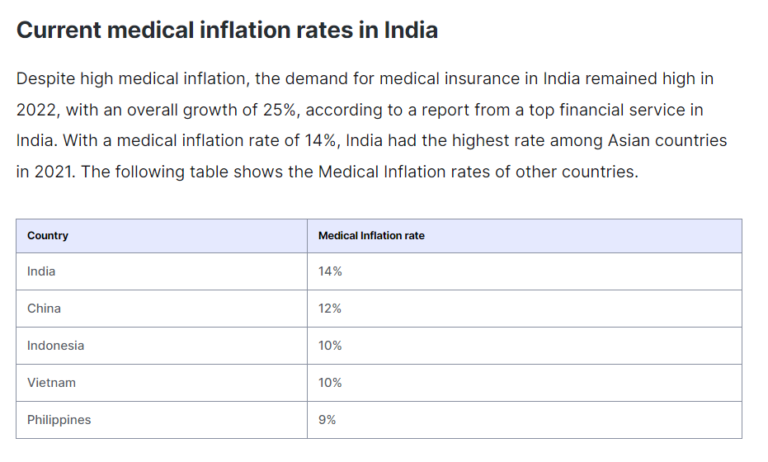
Educational expense:
- Educational expenses are rising faster than the increase in salary levels in India. This is causing larger concerns for parents in regards to their child’s education.


Everyday products:
- Daily use items such as vegetables and spices saw a large spike in India, increasing by 37% and 21% respectively in a span of just one month

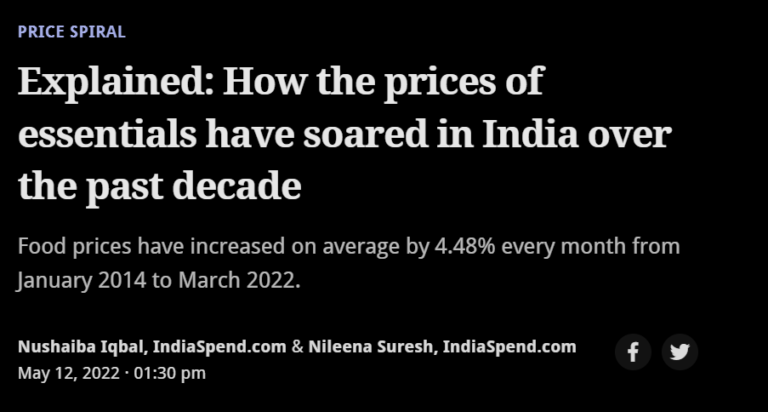
- LPG, Petrol
Petrol prices as well as LPG Cylinder prices have gone up exponentially over the years with the former doubling in the last 13 years and cylinder prices increasing by 56% in the last 4 years as seen in the charts below:
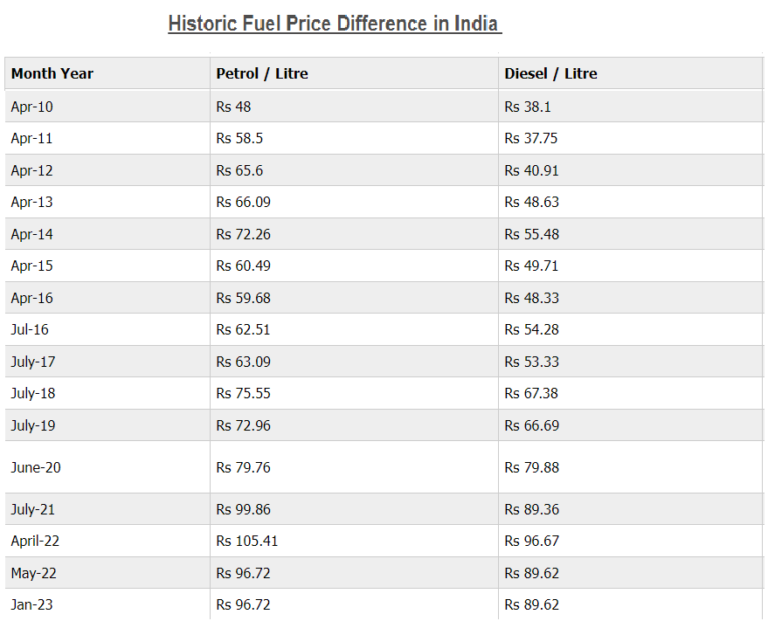
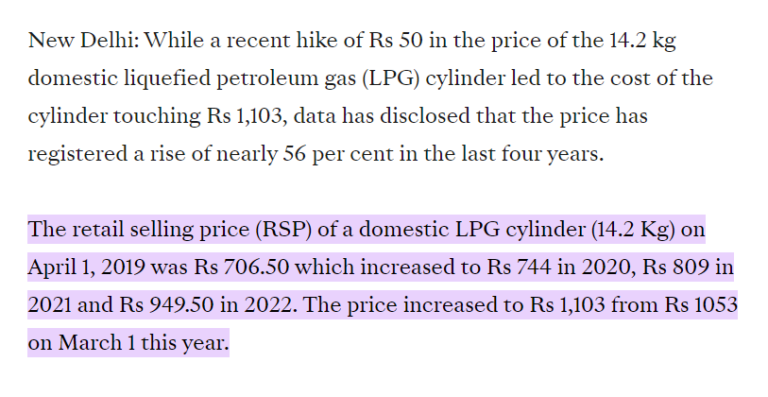
Challenge #2 : Investing to generate >12% returns is getting more CHALLENGING.
- Weaker economy leading to a high inflationary environment. Check out this blog on WHY RECESSION COULD BE A GOOD THING
- Stock market has become more volatile. Therefore, Buy and Forget is not an option anymore.
- FD returns are lower than inflation (FD vs Inflation chart before and after)
- Indexation benefits removed for Debt Funds.

Challenge #3 : Living frugally is also getting HARDER.
- Governments and businesses are trying to increase the credit flow in the economy.
- Therefore, the cost of capital has gone up a lot.
- This led to a HIGH Inflationary environment.
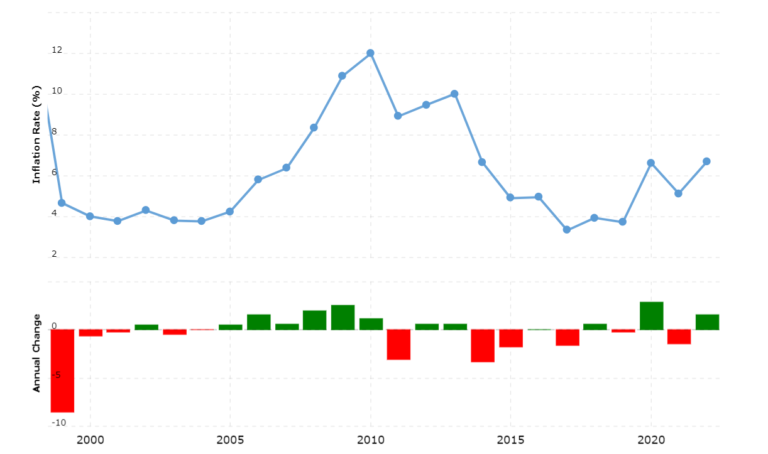
Now the second question: Is just having this corpus enough to ensure a smooth retirement? For this let us take a look at what happened in Lebanon.
Challenge #4 : Macroeconomic Challenges, eg: Currency Devaluations:
- Currencies across the globe are losing their buying power.
- The situation in Lebanon serves as a stark reminder of the importance of protecting your wealth from currency devaluation.
- Since 2019, Lebanon has faced a severe financial crisis, characterized by capital controls that prevent people from accessing their own money.
- This crisis led to a continuous devaluation of the country’s currency.

A similar story has also played out in countries like Pakistan, Sri Lanka and Zimbabwe.

Even the world reserve currency, the US dollar, have gone through continuous and significant currency devaluation as seen in the graphic below:
Read our blog post on the Collapse of the US Debt to get a broader understanding of how the US dollar has gone through devaluations over the year and how the Debt situation currently stands.
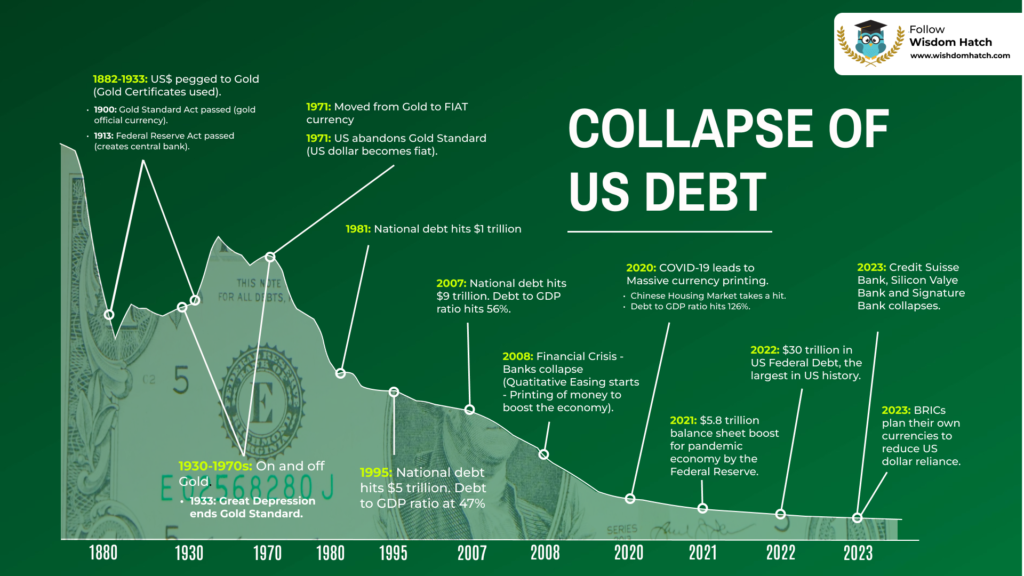
Currency devaluation can erode the value of your savings and investments, making it crucial to hedge your portfolio for wealth preservation.
Wealth Preservation and Growth Strategies
Is Just Making Money Enough?
While amassing wealth is essential, it’s equally vital to preserve and grow it sensibly. Various factors can threaten your financial security, from currency devaluations to market volatility.
Here’s how you can navigate these challenges:
Own both paper and non-paper assets in your retirement portfolio:
- Paper Assets include Stocks, Debt or Bonds, Cash etc. Normally backed by a currency.
- Non-paper Assets include Real Estate, Physical Gold, Cryptos like Bitcoin etc. Not backed by a currency.
- For the time being 80% of my OWN money is still in the Equity Market. But, I will gradually reduce this allocation and move it to real assets.
- Japan’s Stock Market has given almost 0% return (Input chart). This was due to a mandate by the government to keep the interest rates close to 0% to stop the rise in inflation. This was a clear sign of the government artificially controlling the stock market.
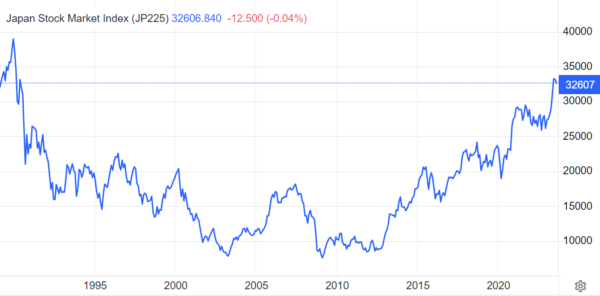
- Right now no such issue is seen in India, but it can very well start happening in the next 30-40 years so it becomes crucial to own non-paper assets.
Buy Growth stocks instead of Dividend Stocks:
- While dividend stocks give out regular cash flow, they also sometimes face capital depreciation.
- So, a better approach would be to choose stocks that give capital appreciation.
- Additionally, dividend income is taxed as per your income level and is therefore likely going to be taxed higher than the tax that pays for your capital gain (Long Term or Short Term).
Nifty & Index Investing:
- More people have now moved into investing in passive funds such as index funds instead of active funds to avoid commissions.
- But the method of continuing your SIPs (Systematic Investment Plan) irrespective of the levels lead to an index bubble creation.
- For example: as of the 3rd of September 2023, NIFTY 50 (which is an index of top 50 firms in India) is almost at its all time high.
- On the flip side, Nifty IT (which measures the performance of the Indian IT Stocks) is trading almost 17% from its peak which would make it a better purchase at current levels.
- You can also opt for blue chip stocks that are at a discount. For eg: HDFC Bank, DMART etc.
- PS: Not a stock buying recommendation.
Don’t be a maximalist investor:
- No one can predict the top and bottom of a stock or index.
- Take Bulk Investing opportunities and intelligently time the market but don’t try to micromanage the market.
- The chart below shows how your returns would change if you missed the best days in the market. SO, stay invested in the market and avoid tracking your portfolio everyday.
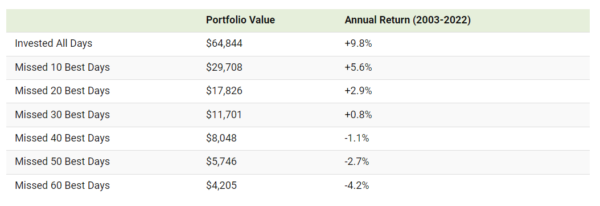
Don’t buy paper assets that don’t beat inflation:
- For eg: Government schemes such as Sovereign Gold Bonds (SGBs), Real Estate Investment Trusts (REITs) etc.
- This is because if the debt bubble bursts or the government defaults, then no matter how safe a paper asset is, it will take a hit. The chart below shows the staggering amount of DEBT that the US has accumulated in the last few decades.
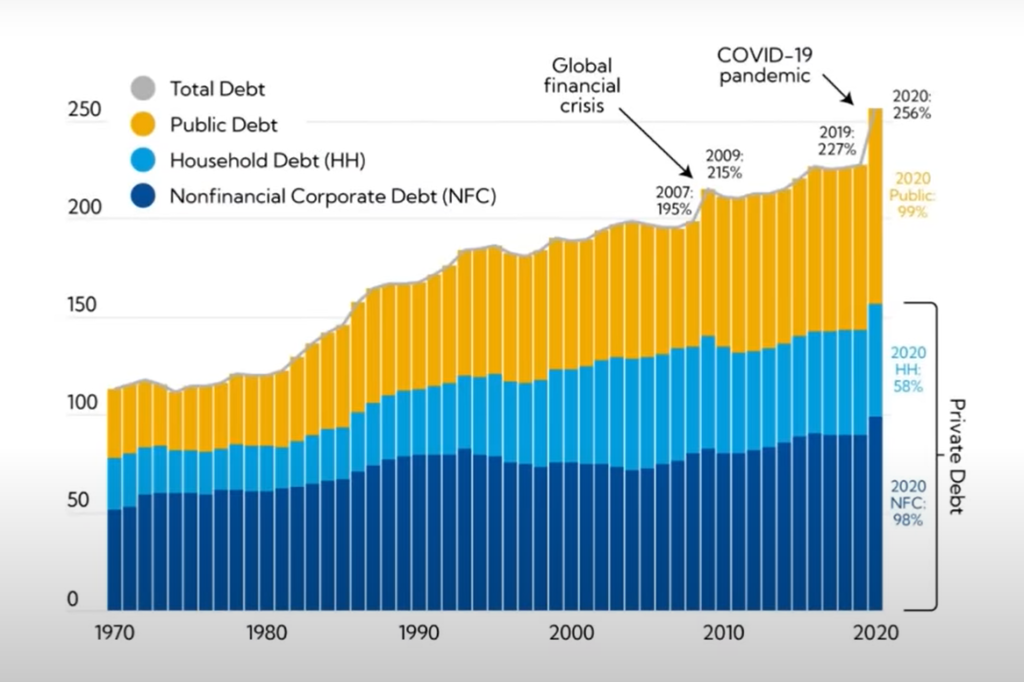
Use Fixed Deposits wisely:
- FDs are good for goal based investing where you need assured returns.
- FDs should be avoided if the interest rates in the economy are low. For eg in 2020, interest rates were low and so were FDs.
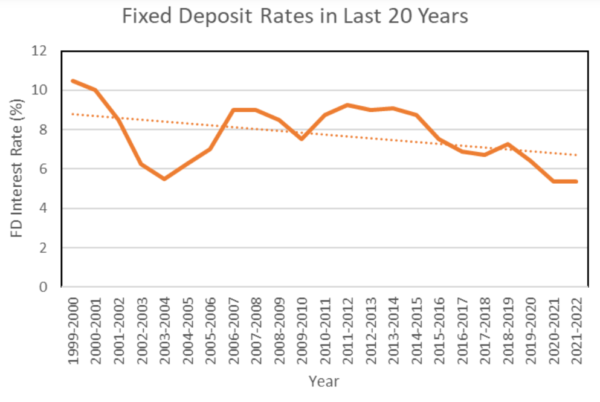
Achieving Financial Freedom
How Can You Achieve This Financial Freedom?
The journey to FIRE is not a sprint; it’s a marathon, requiring strategic planning and discipline. Here’s how to embark on your path to financial freedom:
How much you SAVE & INVEST > How much you EARN:
- As per the data below, financial savings in India are coming down.

Savings rate in the US is far lower than the rate in India.

- So you must always focus on saving at least 20% of your salary and invest this amount wisely.
Savings Rate should go up every year:
- If you start with a 20% savings rate, then it should go up every year for at least 15 years.
- It doesn’t matter whether your spending is going up as long as your savings rate is also increasing year on year.
Design your Portfolio:
- Design your portfolio for both wealth preservation (~80%) and growth (~20%).
- Growth Assets investing include Stock Investing, while Wealth Preservation assets include Real Estate.
Diversify your Portfolio:
- Hedge across different asset classes to protect your downside.
- Invest across paper assets and non-paper assets.
- Even within one asset group, don’t over invest in one property or one stock. Take diversified bets.
Learn how to control your cash flows:
- Rental Income through properties. Have pricing power (be it through your businesses or increasing your rental income).
Own hard assets:
- Real assets like Real Estate, Gold, Bitcoin etc.
- I myself invest in these Real Assets and over time will be diverting a large part of my portfolio to these assets.
Improve your financial acumen and learn more about budgeting and investing:
- If you are a serious investor and are looking for advanced techniques with a focus on better returns, join my Youtube Community where I give live and timely updates on the Stock Market.
Have a high savings rate:
- The higher your savings rate (%), the more you can increase the quality of life without taking a hit on your retirement portfolio by reducing your savings rate a bit.
- Aim to eventually save 70-80% of your income for at least 10-15 years.
Focus on your Active Income:
- Explore parallel sources of income.
- Start investing early to let compounding do its magic.
- Work hard on things that you are interested in. Learn to speak and write really well.
- Develop evergreen skills
Conclusion
Financial Independence and Early Retirement through FIRE are not just aspirational goals; they are attainable realities. By taking control of your financial destiny, adhering to the principles of FIRE, and making informed decisions, you can shape a future where financial worries are a thing of the past.
Points to keep in mind:
- Don’t get intimidated by big numbers. Instead, aim to create good savings and investing habits.
- Just having money in your bank account is not enough to be financially independent and to retire early.
- Your portfolio should be able to service your lifestyle.
- Avoid buying REITs as a method of Real Estate investments. Understand the difference between a Paper Asset and a Non-paper Asset.
- Mitigate Risks carefully.
In this comprehensive guide to achieving Financial Independence and Early Retirement (FIRE), the KEY principle discussed were:
Demystifying FIRE: FIRE is about no longer needing to work for money and having the choice to pursue your passions. It’s built on three pillars: saving aggressively (50%-70% of income), wise investment (consider Fixed Deposits and Index Funds), and living frugally (aim for 4% annual retirement corpus).
Calculating Your Retirement Corpus: Estimate your monthly expenses, set a retirement goal, track spending, decide your retirement age, and save a significant portion of your salary. The 4% rule suggests you can sustainably withdraw from a 1 crore portfolio for 30 years.
Challenges on the Road to FIRE: Indians face challenges like increasing costs, investment difficulties, and rising inflation. Currency devaluation can threaten savings.
Wealth Preservation and Growth Strategies: Diversify your portfolio with both paper and non-paper assets, consider growth stocks, be cautious with fixed deposits, and avoid paper assets that don’t beat inflation.
Achieving Financial Freedom: Focus on saving and investing more than what you earn, increase your savings rate over time, diversify your portfolio, control cash flows, invest in hard assets, and continually improve financial acumen.
In conclusion, FIRE is attainable through financial discipline, informed decision-making, and adherence to these principles. Don’t be intimidated by big numbers, and remember that your portfolio should support your desired lifestyle. Mitigate risks carefully.
To take action towards your goal of Financial Freedom, check out this blog post on HOW TO INVEST YOUR SALARY For Beginners



